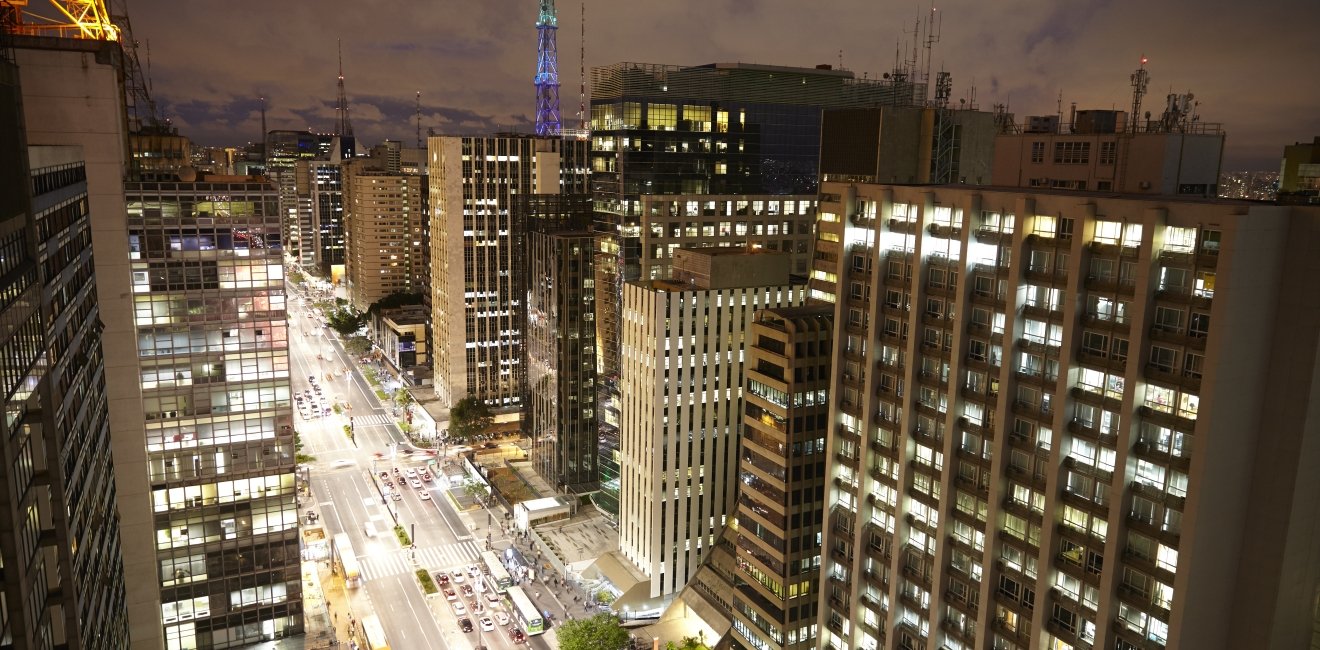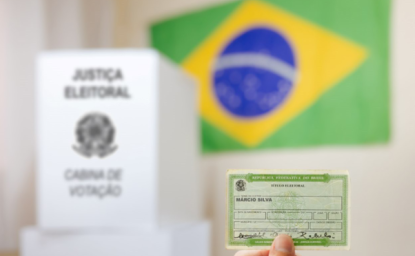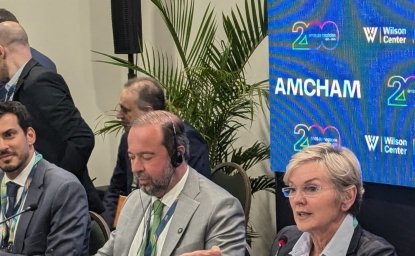
A blog of the Brazil Institute

São Paulo appears to have finally stepped into the 21st century. Following similar developments in other large global cities, São Paulo has announced it will move its General Storage and Wholesale Food Market Company (CEAGESP), which is strategically located in the southwestern part of the city. The decision is doubly gratifying. First, because it will make significant improvement to supply and logistical services possible through the incorporation of architectural solutions and new technologies, with gains for consumers and producers. Second, because it will allow for both the conception and implementation of re-urbanization within the broader city region known as the Arc of the Tietê, by creating conditions for innovative and creative activity.
Spanning 5,320 hectares of land occupied by industry along the Tietê river, the Tietê Arc region could leverage its accessibility and proximity to the University of São Paulo’s main campus and the Jaguaré Technological Park, as well the potential of its large, underutilized land area, to become an Innovation District—similar to the Innovation Districts appearing in other cities around the world.
The name “Innovation District” originated with the 22@ Barcelona Project, which allowed for the complete transformation of the city’s deteriorating Poblenou [i] industrial district that hosted many of the venues for the 1992 Olympics. This space saw the creation of a diversified, mixed-use platform for culture, technology and science, with a strategy concentrated on fostering knowledge-intensive activities, capable of propelling Barcelona to become one of the world’s most innovative cities.
Many cities followed suit, including Seoul, Berlin, Montreal, Stockholm, and Philadelphia. In 2010, New York joined the group when it launched a competition between the world’s top universities to create a campus for the applied sciences. The result is Cornell Tech on Roosevelt Island, just off Manhattan—a partnership between Cornell University and the Technion-Israel Institute of Technology—an open campus integrated into the urban landscape, complete with housing and services, state-of-the-art research and teaching, and focusing on entrepreneurship.
The statements by São Paulo Mayor João Dória related to transforming the CEAGESP space into a technological city, of mixed and diverse usage, are very encouraging. The sheer size of the space favors a complex project, involving several uses with diverse functions and cultural, gastronomic, design, fashion and media-related activities, centering on innovation, technology and entrepreneurship. It would be a place for a variety of new businesses and startups.
Much of this is already happening in São Paulo, a testament to the city’s vitality: Campus Party, Google Campus São Paulo, CUBE, events by 100Startups, Harvard Angels, the CIATEC incubator, and more are already present, as are an abundance of other venture funds, angel associations and seed money, project support offices, incubators and accelerators, and entrepreneur award competitions.
The São Paulo Research Foundation (FAPESP) has been a partner on this front, managing Brazil’s largest program for supporting small tech companies. In 2016, it financed 240 small innovative businesses, 60 of which were located in the city of São Paulo. This year we plan to increase these numbers. The objective is to stimulate the research being done directly by these businesses and increase the density of this system of innovation through a vast network of small innovative companies. Many of these businesses are in the vicinity of the city’s main universities, helping to transform them into innovation hubs, which stimulate entrepreneurship and widen the nexuses and the universities’ returns to society.
An Innovation District in São Paulo, with an ambitious urban program and a diverse range of uses, but with a focus on innovation and creativity, is a challenging project. It will need to look to the world, seek to attract international investors and invite institutions of excellence from other countries to take on the project’s anchor enterprises. It will help to give a new face to São Paulo, as former mayor and architect Francisco Prestes Maia [ii] did decades ago. It is a project that will require time and audacity. But it is one of those projects that Brazil and especially São Paulo need: something that looks to the future and creates hope that goes beyond the sad and timid business-as-usual routine that has prevailed until recently.
José Goldemberg is president of FAPESP (the São Paulo Research Foundation); Carlos Américo Pacheco is president of FAPESP’s Technical-Administrative Council.
The original text in Portuguese, published in daily Folha de S. Paulo, was translated by Brazil Institute intern Colton Wade.
[i] The Poblenou industrial district is located in the Sant Marti district of Barcelona, which borders the Mediterranean Sea (Ajuntament de Barcelona).
[ii] Francisco Prestes Maia, engineer and mayor of São Paulo from 1938-1945 during the Estado Novo, implemented the “Plano de Avenidas de São Paulo” – aimed at facilitating transport infrastructure and reserving areas for future ventures in the city.
Authors
Explore More in Brazil Builds
Browse Brazil Builds
They're Still Here: Brazil's unfinished reckoning with military impunity


